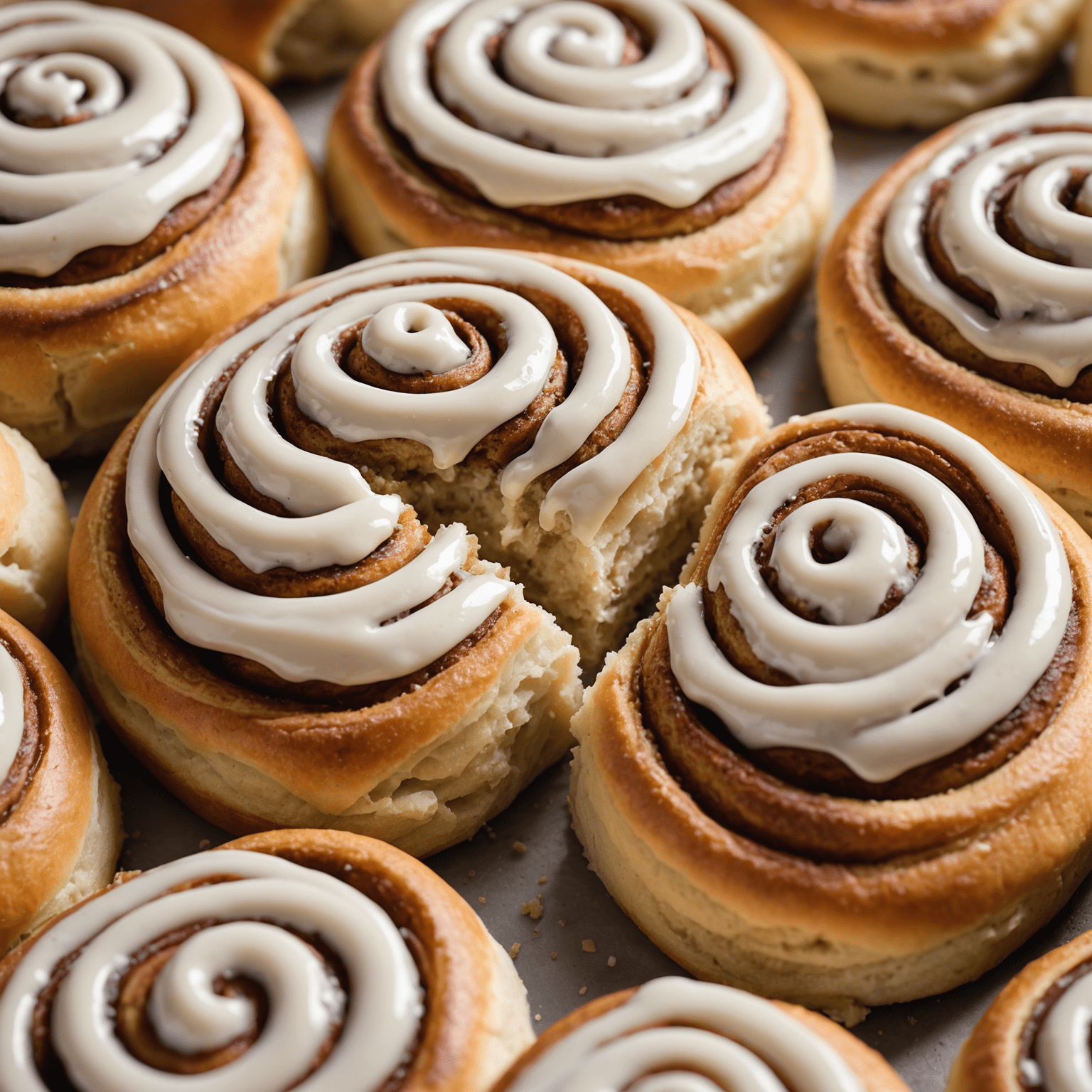Gluten-Free Goodies: Baking Without Boundaries

Embarking on a gluten-free journey doesn't mean bidding farewell to the joys of baking. In fact, it opens up a world of creative possibilities that can result in treats just as delectable as their gluten-containing counterparts. Let's explore some innovative recipes and techniques that will revolutionize your gluten-free baking experience.
The Art of Gluten-Free Flour Blends
The key to successful gluten-free baking lies in creating the perfect flour blend. A mix of rice flour, almond flour, and tapioca starch can work wonders in replicating the texture of wheat flour. For those nutty and earthy flavors in your buns and puffs, consider incorporating buckwheat or sorghum flour into your blend.
Xanthan Gum: The Gluten Substitute
Xanthan gum is a game-changer in gluten-free baking. It helps bind ingredients together, providing the elasticity that gluten typically offers. A little goes a long way – usually 1/4 teaspoon per cup of flour is sufficient for cookies and cakes, while bread might require up to 1 teaspoon per cup.

Moisture is Key
Gluten-free baked goods can often turn out dry. Combat this by incorporating ingredients that add moisture, such as applesauce, mashed bananas, or Greek yogurt. These not only keep your treats moist but also add flavor and nutritional value.
Perfecting Gluten-Free Puffs
Creating light and airy gluten-free puffs might seem challenging, but it's entirely possible. The secret lies in using a combination of tapioca flour and potato starch, which provides the necessary structure and lightness. Incorporate eggs for additional lift and richness.
The Rise of Gluten-Free Buns
Achieving the perfect gluten-free bun involves a careful balance of ingredients. A blend of brown rice flour, potato starch, and psyllium husk can create a texture reminiscent of wheat-based buns. Don't shy away from yeast – it's still crucial for that authentic bread flavor and texture.

Embracing Alternative Sweeteners
Experiment with natural sweeteners like honey, maple syrup, or coconut sugar. These not only add sweetness but also contribute unique flavors that can elevate your gluten-free creations.
The Importance of Resting Time
Gluten-free batters and doughs often benefit from a resting period. This allows the flours to fully hydrate, resulting in a better texture. Let your batter rest for 15-30 minutes before baking for optimal results.
Conclusion
Gluten-free baking is an adventure filled with delicious possibilities. With these tips and techniques, you'll be well on your way to creating scrumptious gluten-free goodies that everyone can enjoy. Remember, practice makes perfect, so don't be discouraged if your first attempts aren't flawless. Happy baking!